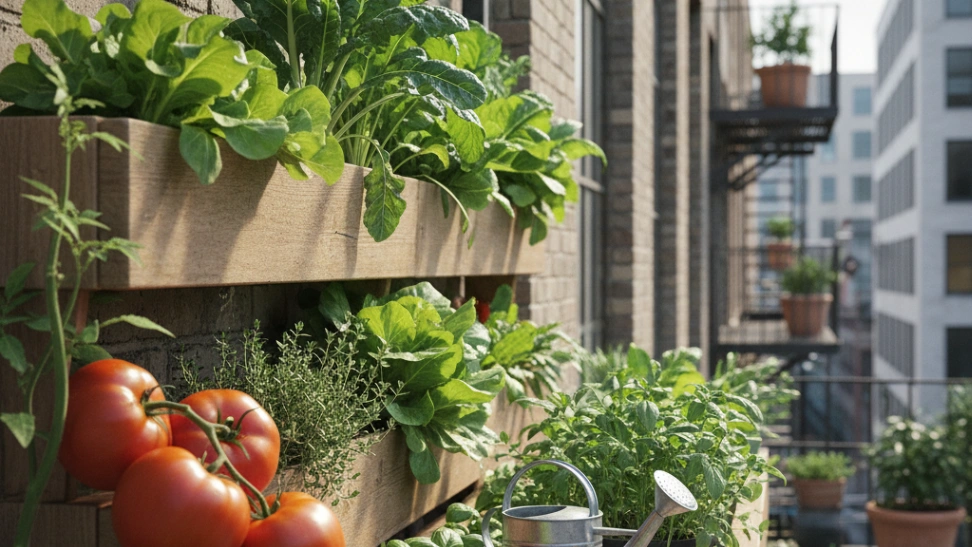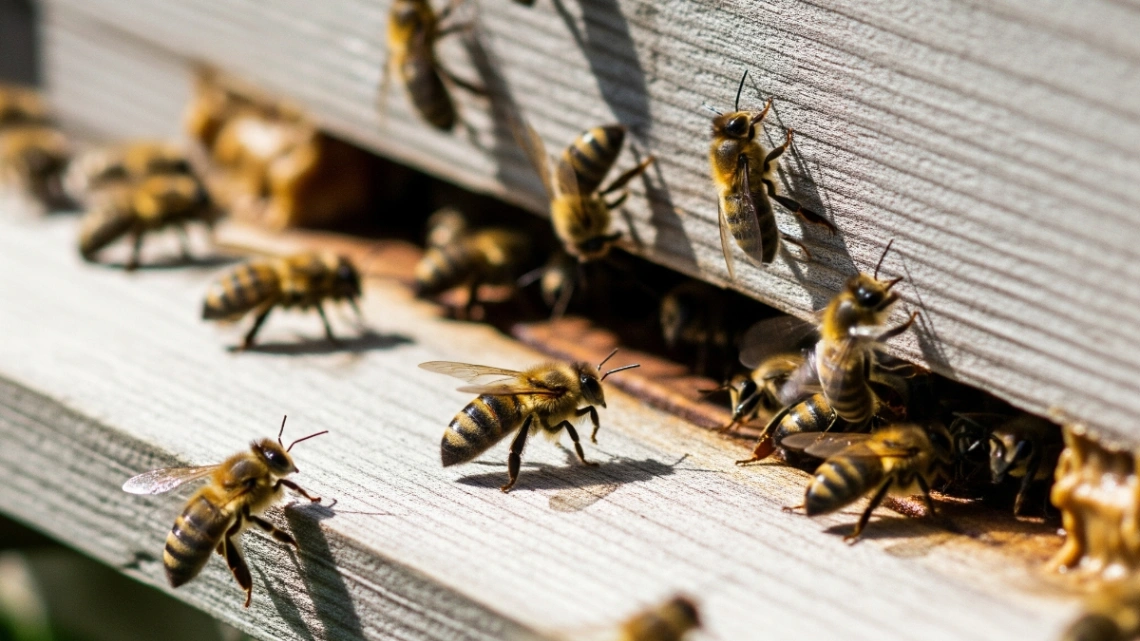Is This Hobby For You?
Ideal for eco-conscious individuals seeking a rewarding, hands-on way to produce food and connect with their community.
Why You'll Love It
- Enjoy fresh, healthy, homegrown produce directly from your urban patch.
- Contribute to local food security and environmental sustainability.
- Build strong community ties through shared gardening spaces and knowledge.
Good to Know Before You Start
- Requires consistent time and effort, demanding regular attention to plants.
- Space limitations and urban environmental factors can pose challenges.
- Initial yields might be small, requiring patience and learning.
Hobby Traits
How the community rates this hobby.
Getting Started: The Essentials
The basic requirements to begin your journey with Urban Farming.
Startup Cost
$75
Community-voted average
Ongoing Cost
Low
Monthly upkeep estimate
Essential Gear
Hand Trowel
Essential for digging small holes and transplanting seedlings.
Gardening Gloves
Protects hands from soil, thorns, and blisters.
Small Shovel
For larger digging tasks, mixing soil, and moving compost.
Watering Can or Hose
Crucial for consistent hydration of plants.
Seed Starting Trays and Seeds
To begin growing your chosen plants.
Potting Soil
A high-quality soil mix suitable for containers or raised beds.
Learning Curve
Overall Difficulty: Easy
Associated Skills
Skills you can expect to develop while pursuing this hobby.
A Closer Look at the Traits
Active/Calm Balance
Offers a balance of calm focus and moments of light physical activity.
Very Practical
Results in a tangible skill or useful item, focusing on practical outcomes.
Deep Nature
This hobby takes you deep into the great outdoors, far from civilization.
Moderately Physical
Involves movement and coordination, but isn't a strenuous workout.
Mostly Creative
While there are some technical aspects, the primary focus is on creativity and self-expression.
Fairly Social
While you can do this alone, it's often more fun with a few other people.
Frequently Asked Questions
Similar Hobbies
Hobby Traits
How the community rates this hobby.



